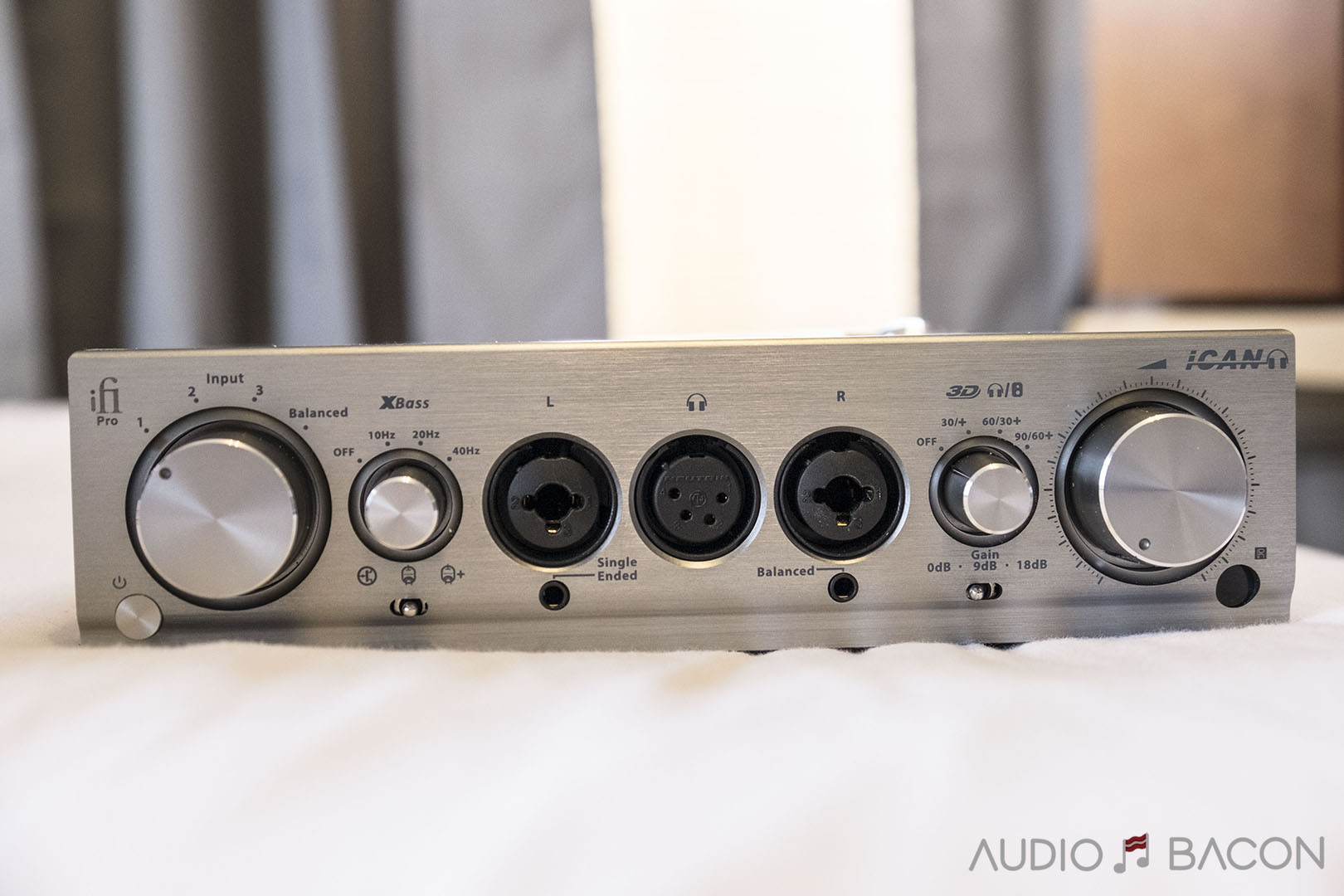
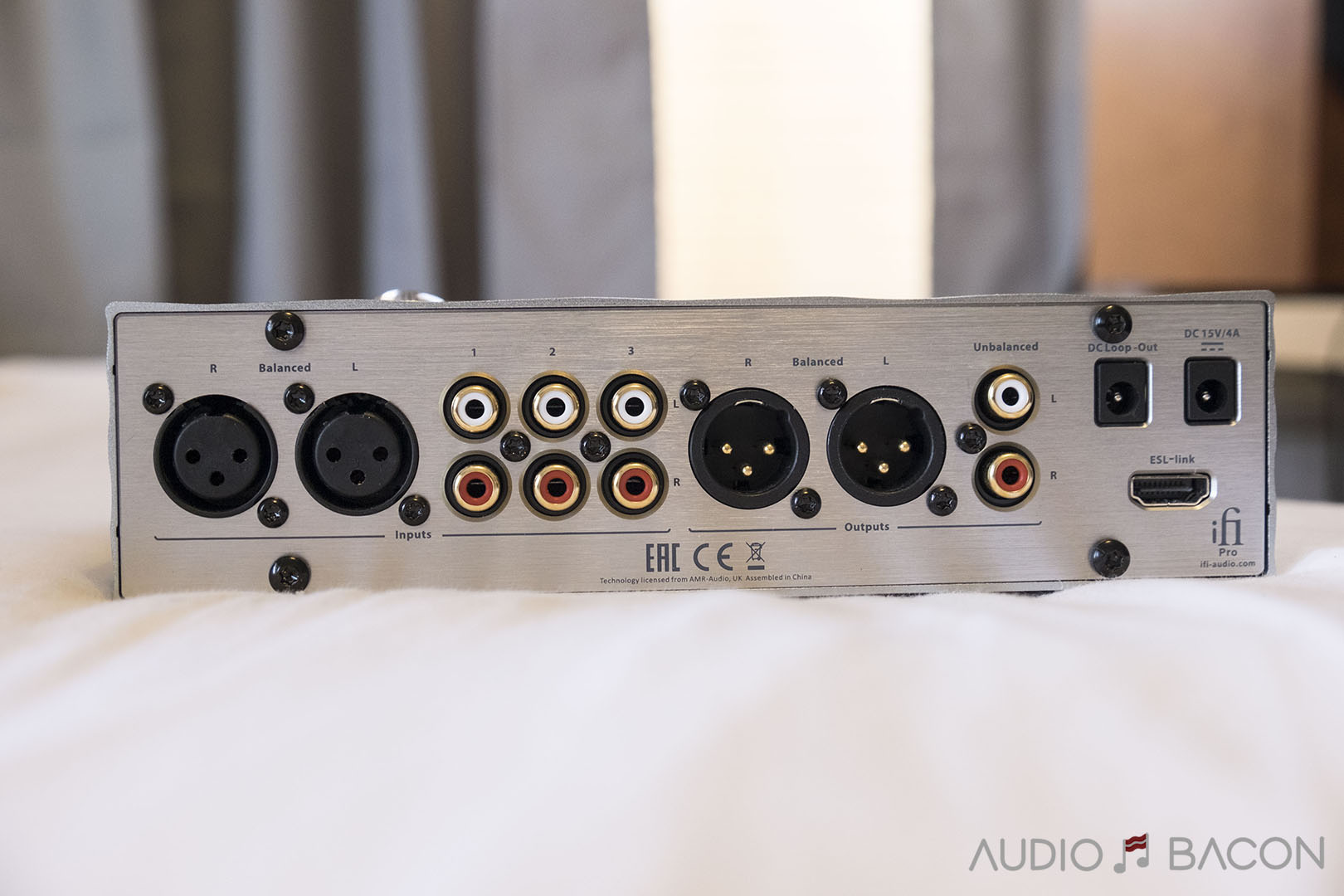
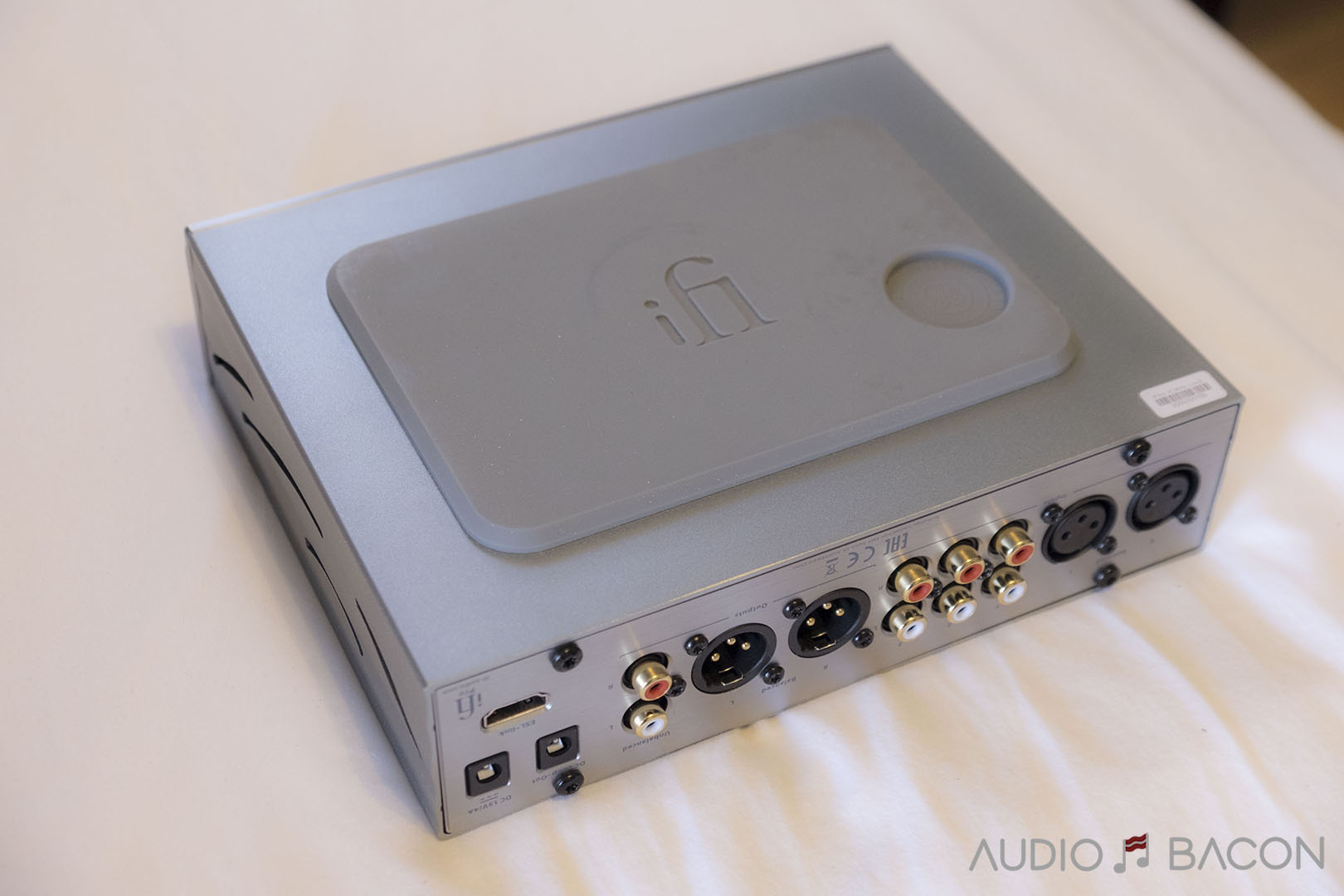
I want to point out is that it is not a hybrid tube/solid-state amp (like the Pathos Aurium) but two individual input circuits. This enables the shortest signal path and provides the best sound quality.
Secondly, it’s a fully-balanced design from beginning to end. iFi calls this True Differential Balanced. Most amps you find on the market today are single-ended internally so this amp is ready max out precious aftermarket balanced headphone cables.
Lastly, iFi provides a neat adapter to allow for aftermarket power cables. A very flagship thing to do 🙂
A quick look at the front and rear of this bad boy and you’ll see a slew of balanced and unbalanced inputs and outputs, switches, knobs, and even a linestage output. To get an idea of how full-featured this amp is take a look at the first few pages of the manual.
Undeniably, this amp sounds like an overachiever. This begs the question: “Is it a jack of all trades and a master of none?” With so many features packed into a 8.5″ x 7″ chassis…one hopes most of the efforts were allocated towards the actual quality of the amp section. Some listeners refuse to use any “enhancements” or tone controls such as XBass or 3D Holographic as it isn’t “pure.” My goal was to explore the many options of this amp and its sonic performance along the way.
Setup
Headphones/speakers used:
- Focal Utopia
- HiFiMAN HE-1000 V2
- Abyss AB-1266
- Meze 99 Classics
- Meze 12 Classics / 11 Neo
- Omega Super 3i
- JH Audio Angie CIEM
Yes folks, the Pro iCAN will drive any of these IEMs and headphones with room to spare. 14 watts into 16 ohms (balanced) and 4.8 watts into 16 ohms (unbalanced). That’s a lot of headroom. I was surprised at how well it drove the Abyss, which are speaker-amp hungry headphones.
Upon initial listening it was a bit cold and harsh. I had to break in both the SS and tube sections for 200 hours each before its true colors were shown. And no it wasn’t brain burn-in 😉
Quality components used in the iFi Pro iCAN:
- TDK Japan-made C0G type capacitors
- Vishay MELF type thin film resistors
- Panasonic Japan-made ECPU film capacitors (<0.00001% @ 1V/10kHz)
- Power: ELNA Silmic II capacitors
Inputs/Outputs
I’ve used pretty much all but the ESL-link for this review. You’ll get a much more dynamic and open sound with the balanced inputs. Switching inputs is very quick, almost immediate. Just keep in mind using any of the linestage outputs does not defeat the headphone portion. Both will be powered at the same time.
Inputs
There are three unbalanced RCA and one XLR balanced input. Basically this was a reviewer’s dream as I was able to hook up a Chord Mojo, Hugo, DAVE, and iFi micro iDSD BL at the same time and evaluate sonic differences easily. Input switching was immediate.
There’s also a ESL-link for an electrostatic module.
Outputs
There is one set of balanced dual 3-pin XLR and a set of unbalanced RCA outputs. I used these to output directly to the Super Omega 3i speakers via an adapter.
XBass
This setting provides a 12dB boost at the following frequencies in the analog domain. The adjustment is done immediately.
- 10Hz – I found this setting to be minimum for most of my listening. Yes, the approach isn’t pure…but it sure sounds natural.
- 20Hz – With the Focal Utopia and Abyss, I enjoyed this setting very much. Impactful bass.
- 40Hz – The bass is omnipresent. This setting worked very well with some recordings and was most welcomed for the Utopia (switching between 20/40). The 40Hz setting adds a ton of punch and make its presence known. I’ve only used this setting for Hip-hop, metal, and some electronic music.
Overall, I enjoyed adjusting this setting while listening to different genres of music. It’s actually one of those things I wish I had access to on other amps. As we know by now, there’s no one-size-fits-all in this hobby.
Stage Selection
One of the joys of the iFi Pro iCAN! Switching modes takes about 8 seconds. Fairly quick!
Two independent input circuits:
- 2 x NOS General Electric 5670 (I didn’t roll any tubes)
- Class A Solid-State, J-FETs and Fully-discrete
iFi recommends about half an hour of warm-up. If you listen to SS mode for a certain length of time, the tube stage will shut off on its own.
Solid-state
I used this mode primarily for the Meze Classics 99 and HE-1000 V2.
- This mode had quite a bit of authority, shine, and energy.
- A very balanced sound with a natural midrange.
- Very clean with no grain or distortion, even at higher volumes.
- Capable of resolving very low-level detail.
- Came off a lean at times but not really noticeable until I switched to direct-DAVE or tube mode.
Tube
This mode complements the Focal Utopia and Abyss very well. I also enjoy this mode with the HEK V2 in balanced mode. That headphone just sounds great with anything and with the Pro iCAN, it really shows off its versatility as an amazing all-rounder.
- A very romantic sound without being overly rich and buttery.
- Provides a smoother sound across transitions while maintaining a proper timbre.
- A very full and relaxed sound overall. Quite enjoyable.
- Attacks are soft and transients are slow…but that’s expected because you’re a Kobe cow when you’re in this mode.
- Trade dynamics, clarity, and blacks for soothing and easy listening.
Tube+
- What comes to mind is “slippery” and “overly smooth” when I listen to this mode.
- You lose a bit of definition and textures in this mode but if you enjoy a silky sound, this mode is for you.
- Mutes the musicality a bit.
3D Holographic
I know many aren’t fans of crossfeed, mostly because most implementations are horrible and make it sound “echo-y.” Sometimes the soundstage shrinks and it just sounds gimmicky. The best crossfeed I’ve heard was probably from the Chord DAVE. For that reason I didn’t have high expectations for the 3D mode but it surprised me. Being able to switch between speakers and headphones without moving from my seat, I could confidently say that the 30 degree Loudspeaker Angle works quite well and I kept it at this setting for most of my listening. I found it more enjoyable and less fatiguing.
There are actually two 3D Holographic SoundSystems. One for headphones and one for speakers.
Loudspeaker Angle / Recording Width
- Off
- Headphones: Sounds a bit busy and in-your-face at times.
- Speakers: More of my preference so stuck to this mode for the most part.
- 30/+
- Headphones – Sounds pretty close to what you’d get with speakers. Stayed in this mode for most of my listening.
- Speakers – Expands the soundstage a bit without losing integrity
- 60/30+
- Headphones – Starts losing a little control over the image but still sound fun.
- Speakers – Even more expansive soundstage at the cost of being a little brighter.
- 20/60+
- Not for me. Gets a little busy.
Gain Settings
You could adjust the gain from 0dB, 9dB, and 18dB. I used 0dB for my IEMs and they sounded great. 9dB works for most headphones and 18dB works well for the Abyss. It’s quite nice I’m able to use sensitive IEMs on this amp without touching the noise floor. I didn’t get to try the 3.5mm TRRS input.
I was able to drive the highly efficient Omega Super 3i speakers directly from the linestage (without an amp) from the Pro iCAN. I was able to get satisfying levels from just the 9dB setting! It was pretty fun being able to switch from SS and Tube modes while listening to speakers. Although I’m mostly in a desktop setting, the remote came in handy sometimes while walking around room. Yeah, you get a frickin’ remote too guys. iFi…you guys have thought of everything.
Sound Quality & Performance
So my reference amp is the Chord DAVE itself. Every amp I’ve ever placed after the DAVE veiled the sound in one way or another. Even my Moon Neo 430HAD had a bit of fuzziness (not a huge deal, but it was there). Switching over to the DAVE and the music just breathes. The only exception so far is the $15,000 Wells Audio Reference amp. So until I win the lottery, the DAVE is my source of truth. If you know of an amp that sounds better than the DAVE’s output please let me know and I’ll get one in.
First, I’d like to mention the interconnects you use affects the transparency and overall quality of sound. Using High Fidelity Cables CT-1 Enhanced RCAs, I was able to get a lusher and natural timbre. With the Danacable Sapphire Reference ICs I got more micro-details and better transparency. Both sounded great and it comes down to preference. The Audience AU24 SX XLRs provided the best sound via the balanced inputs.
That said, the Pro iCAN performed quite well. It wasn’t able to resolve only the most minute of details and didn’t have as good layering but overall provided a rich and involving sound. If anything, I thought the Pro iCAN was more musical, especially in Tube mode whereas the DAVE was more matter-of-fact. I’ve spent hours upon hours with the Pro iCAN without the urge of switching to the DAVE’s headphone output. Surprisingly, I enjoyed the perks of the XBass and 3D Holographic. Perhaps it’s because it’s done in the analog domain but it definitely works well and makes listening more fun. There were undoubtedly times where I wanted to season the sound a bit but I couldn’t do it from the DAVE. The Pro iCAN allows me this flexibility.
As for the other DACs in the comparison, I found that it actually improved the sound overall, especially for iFi’s own micro iDSD Black Label. The amp created a more spacious and smoother sound. It adds body and texture that I wouldn’t get from a direct connection. This was the same for the Hugo and Mojo for IEMs. Needless to say, I preferred having the Pro iCAN in the chain with those sources.
Conclusion
Sometimes how you enjoy music depends on a variety of factors. Are you critically listening or just kicking back? I don’t know about you, but there has been numerous times where I just wanted to bump the bass a bit more or relax the sound out a bit. Much like enjoying a nice vintage of wine, how good that bottle tastes sometimes depends on your mood, the company that surrounds you, and the moment. More often than not, we audiophiles like to spice things up without having to purchase and try new equipment. The iFi Pro iCAN frees you from the confines of a static sound signature.
I know many probably think the tone enhancers are unnecessary but I found them to be quite handy and allowed for more listening pleasure. There’s a sound for everyone at any point in time and I welcome the ability to adjust on the fly. There’s huge variations in the quality and approach in the mastering of a recording so it only makes sense to allow the listener to “post-master” for their own ears.
So to answer our initial question, is the iFi Pro iCAN a master of none? I think iFi accomplished what they wanted to do with the iFi Pro iCAN. This is a full featured, versatile, and high performance headphone amplifier with a linestage for studio use. It not only made good on its promises but, in my opinion, over-delivered, especially at the $1,699 asking price. I enjoyed the fully balanced sound from the HE-1000 V2, the 3D & bass boost for the Utopia, and power output + tubes for the Abyss. I also enjoyed listening to my IEMs hiss-free. Switching to speakers and I’m finally treated with an organic bloom of goodness. I don’t know of any other amp that is capable of doing all these things. The name of the amp is quite fitting. iCAN can do everything your ear desires (for some strange reason I couldn’t hold back the cheese on this one).
If you couldn’t tell, I had a lot of fun with this amp. It’s amazing how iFi was able to pack so much good stuff in a small footprint that fits so neatly on my desk. I have to say this is a great first debut to iFi’s Pro line and I can’t wait to hear what else they come up with. I’m thoroughly impressed and highly recommend the iFi Pro iCAN for your ears.
Equipment
- Gigabyte BSi5HA-6200
- Roon Server in shell mode
- Windows 2016 Server
- Audiophile Optimizer (SS: 3, DF: D)
- Isolation
- USB
- Chord Silverplus
- Danacable USB
- Networking
- SOtM iSO-CAT6 SE (black)
- Supra CAT8
- SOtM dCBL-CAT7
- AQVOX Excel ethernet cable
- Streamer
- sMS-200 + mBPS-d2s
- DACs
- Chord DAVE
- Chord Mojo
- Chord Hugo
- iFi micro iDSD Black Label
- Danacable
- Sapphire Reference ICs
- Sapphire Reference Mk.2 speaker cables
- Headphones
- Focal Utopia
- HiFiMAN HE-1000 V2
- Abyss AB-1266
- Danacable Lazuli Reference
- Meze 99 Classics
- JH Audio Angie
- Speakers
- Omega Super 3i
- deepOMEGA 8
- JL Audio F110 V2
- High Fidelity Cables
- 2 x CT-1 power cables
- 1 x CT-1 Ultimate power cable
- Hemisphere MC-6 power conditioner
- CT-1 Enhanced RCA ICs
- CT-1 speaker cables
- Audience
- AU24 SX Balanced XLR
Raw Notes
HEK V2 (Balanced, Gain: 18dB, 3D: 30/+)
Marta Gomez – Cielito Lindo (96/24)
- Settings
- XBass – 20Hz
- Preferred Mode: Tube
- Much more clarity and air in the SS mode but I enjoyed the organic bloom and sweeter sound of the tubes for this track.
- Switching to tube mode and you get what you’d expect from a tube. An organic bloom and sweet sound.
- Tube+ mode was a bit too smooth and liquid for this track. Miss out on some textures.
Norah Jones – Shoot the Moon (192/24)
- Settings
- XBass – 20Hz
- Preferred Mode: SS
- Both tube and SS modes were great sounding but I enjoyed the extra shine in SS mode.
Buena Vista Social Club – Chan Chan (96/24)
- Settings
- XBass – 20Hz
- Preferred Mode: Tube
- SS comes off a bit harsh at times trombone comes in. Tube mode made it sound so natural with the proper decay.
- You do lose a little bit of depth with Tube but man, it sounds pretty damn good.
Madonna – Papa Don’t Preach (192/24)
- Settings
- XBass – 20Hz
- Preferred Mode: SS
- The clarity on the SS does very well for the energy and pace of this song.
Mariah Carey – Emotions (88/24, SACD rip)
- Settings
- XBass – 20Hz
- Preferred Mode: Tube
- This recording is one of the most dynamic tracks in this album. Tube mode smooths off some of the edges in this song.
Metallica – Enter Sandman (96/24)
- Settings
- XBass – 40Hz
- Preferred Mode: SS
- The bass boost complements the riffs of the electric guitars.
Chris Botti – When I See You (96/24)
- Settings
- XBass – 20Hz
- Preferred Mode: Tube
- Such a smooth sound. Absolutely beautiful. That trumpet sounds so sweet.
Abyss
At 1 o’clock is enough power. Bass at 20Hz really brings some nice body to all songs. This amp has the ability to tailor the headphones to your liking without losing the qualities that make it your favorite headphone. 30/+ for 3D.
Eric Clapton – My Father’s Eyes [Take 2] – (44/16)
- Tube mode works wonderfully for this track & headphone.
- I do enjoy the extra sparkle of the guitars in SS mode. A different take on the same track and both sound great. Love it.
Sarah McLachlan – Fear (44/16)
- Great live recording. The escalation from the 2:00-2:40 point is incredible with SS mode.
Utopia
- Really benefits from the bass boost, even to 40Hz at times.
- The 3D setting at 90 makes it sounds spacious!
- Overall doesn’t make the headphones as closed in.
- Really enjoyed Tube mode with this headphone.

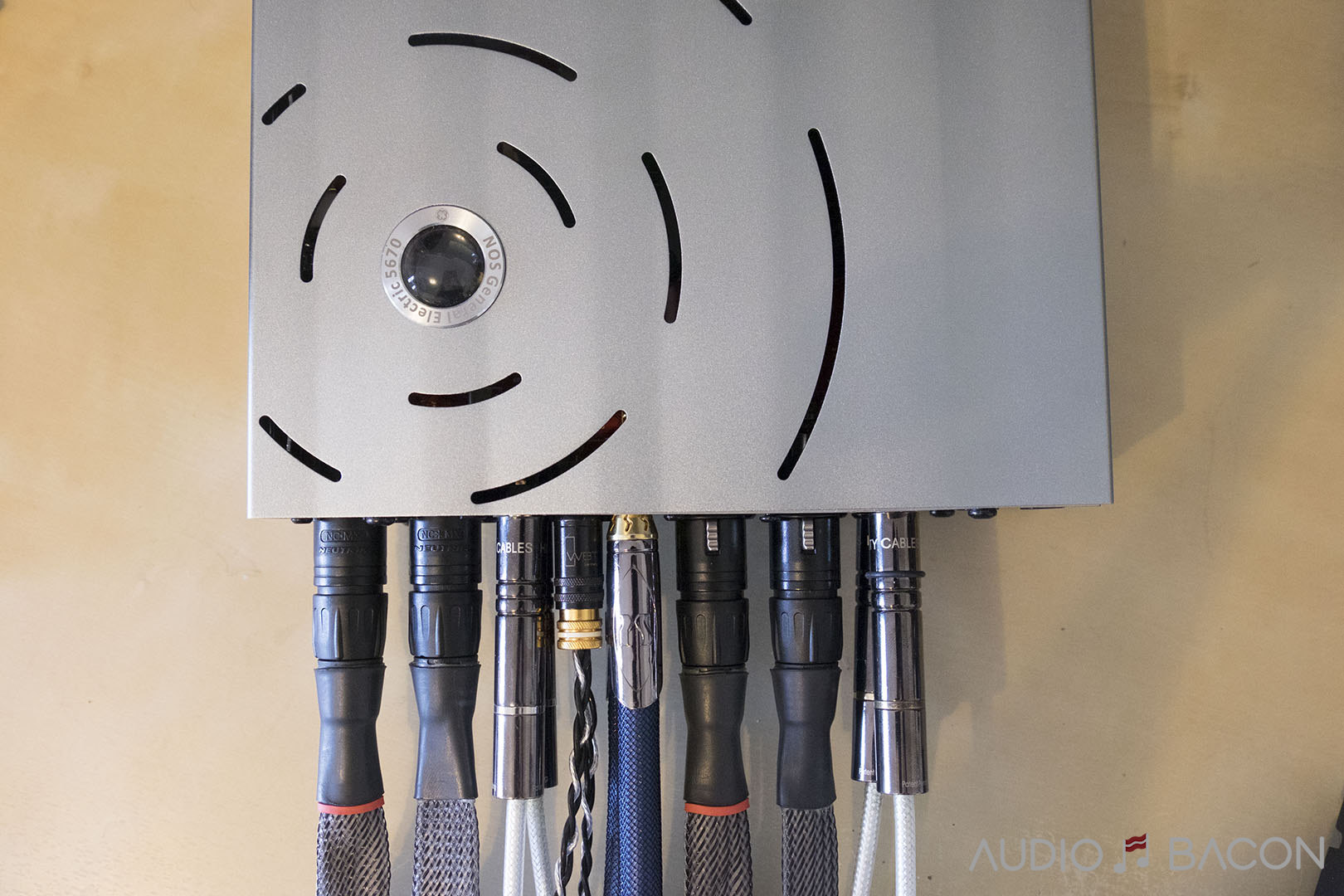

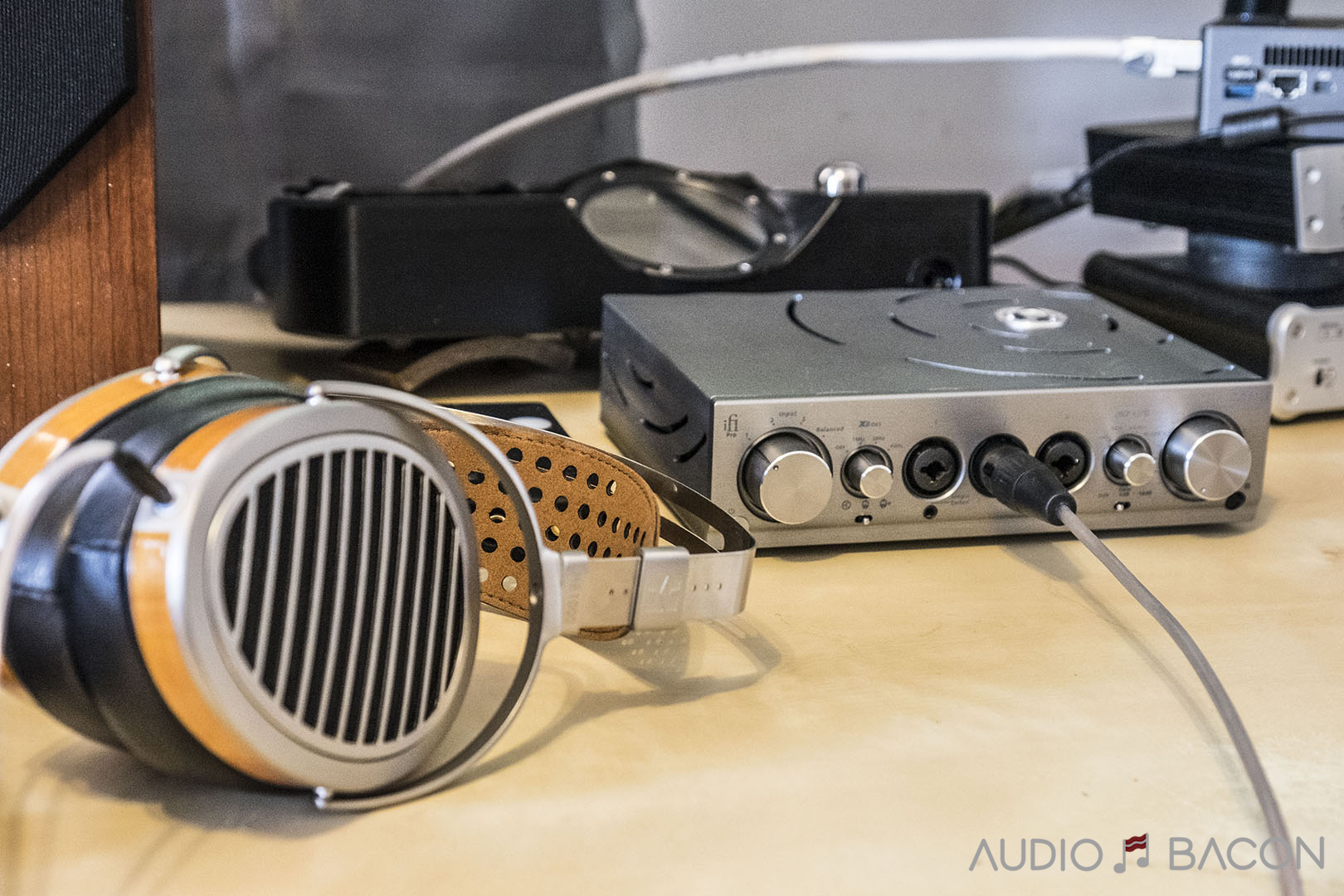


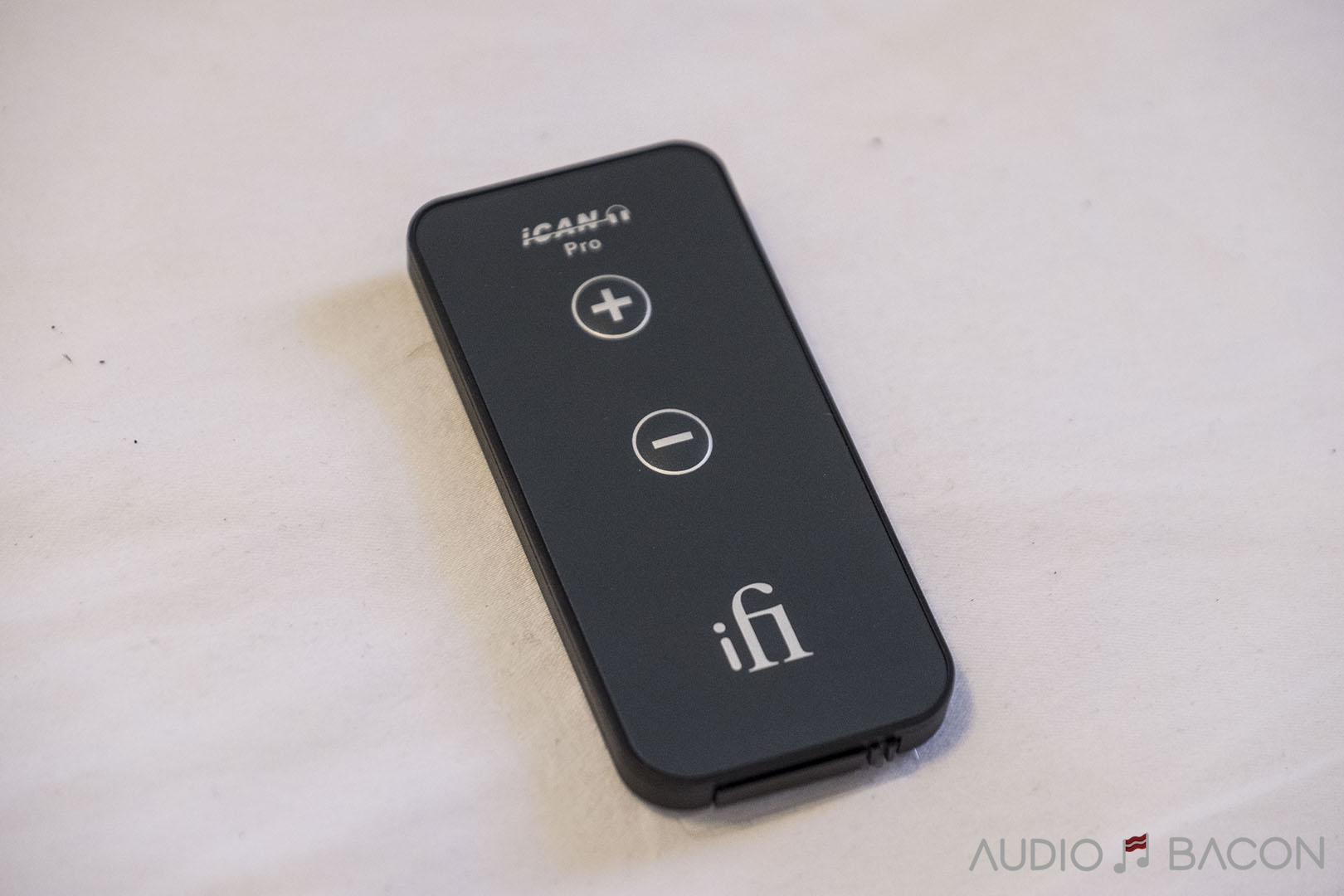
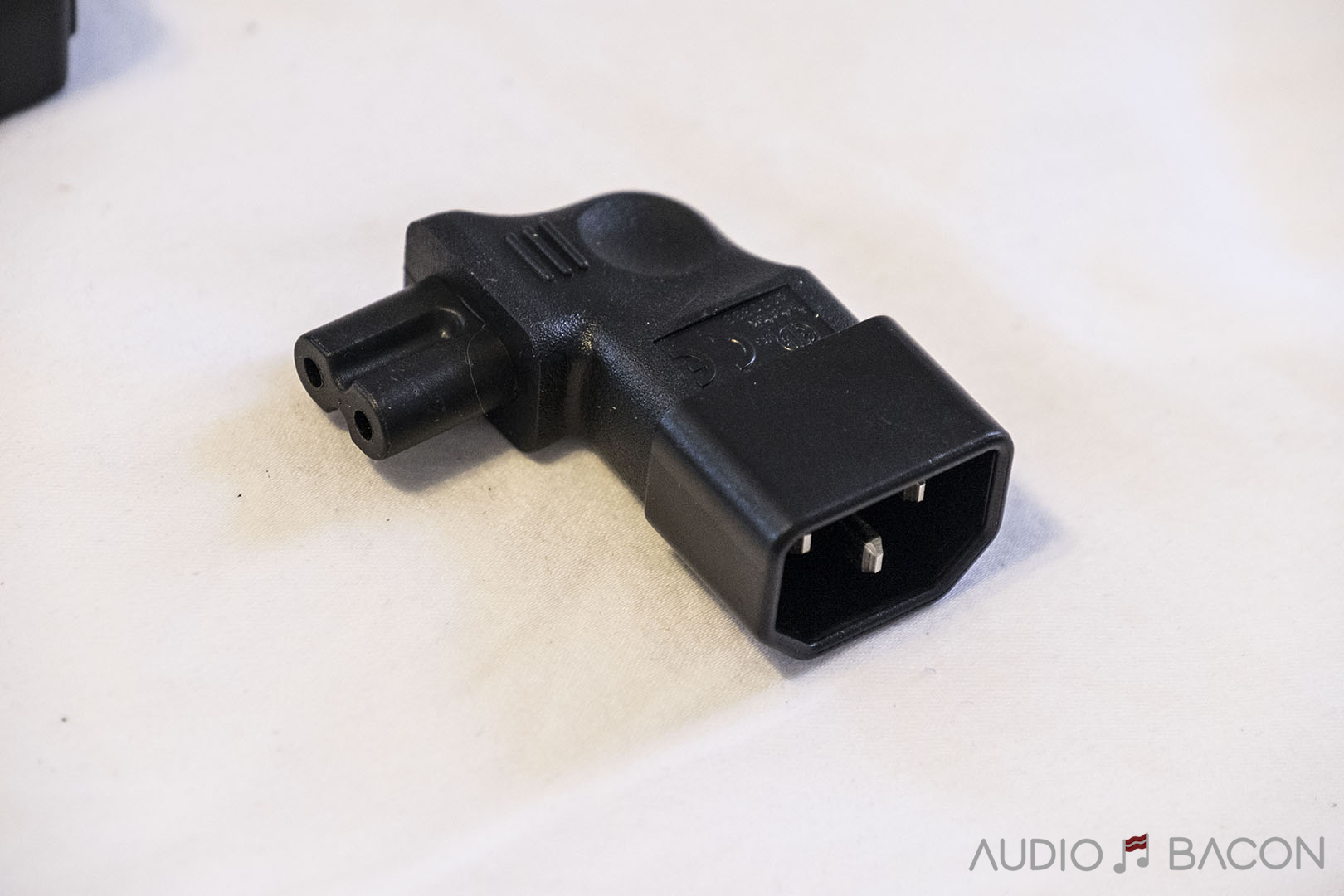
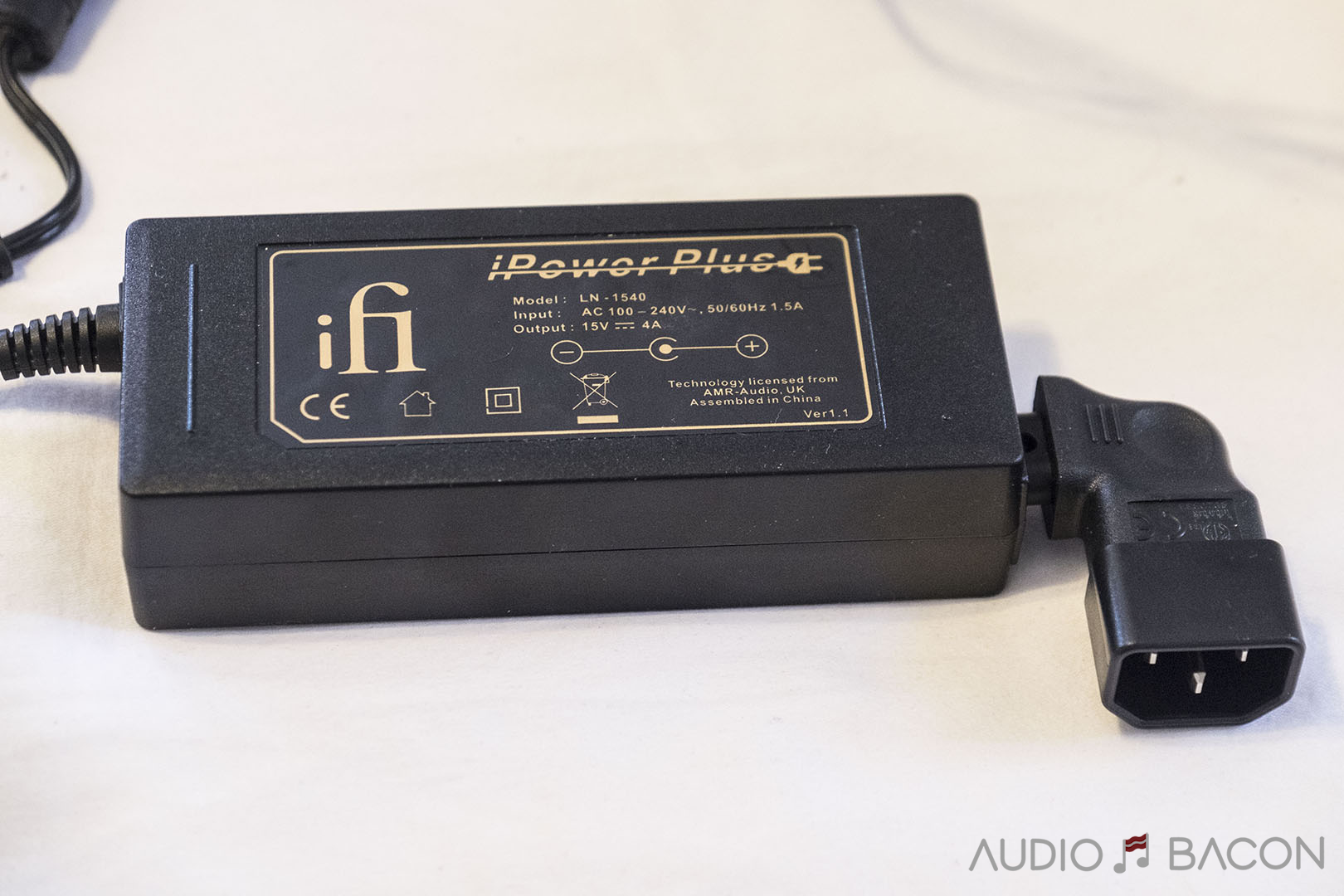

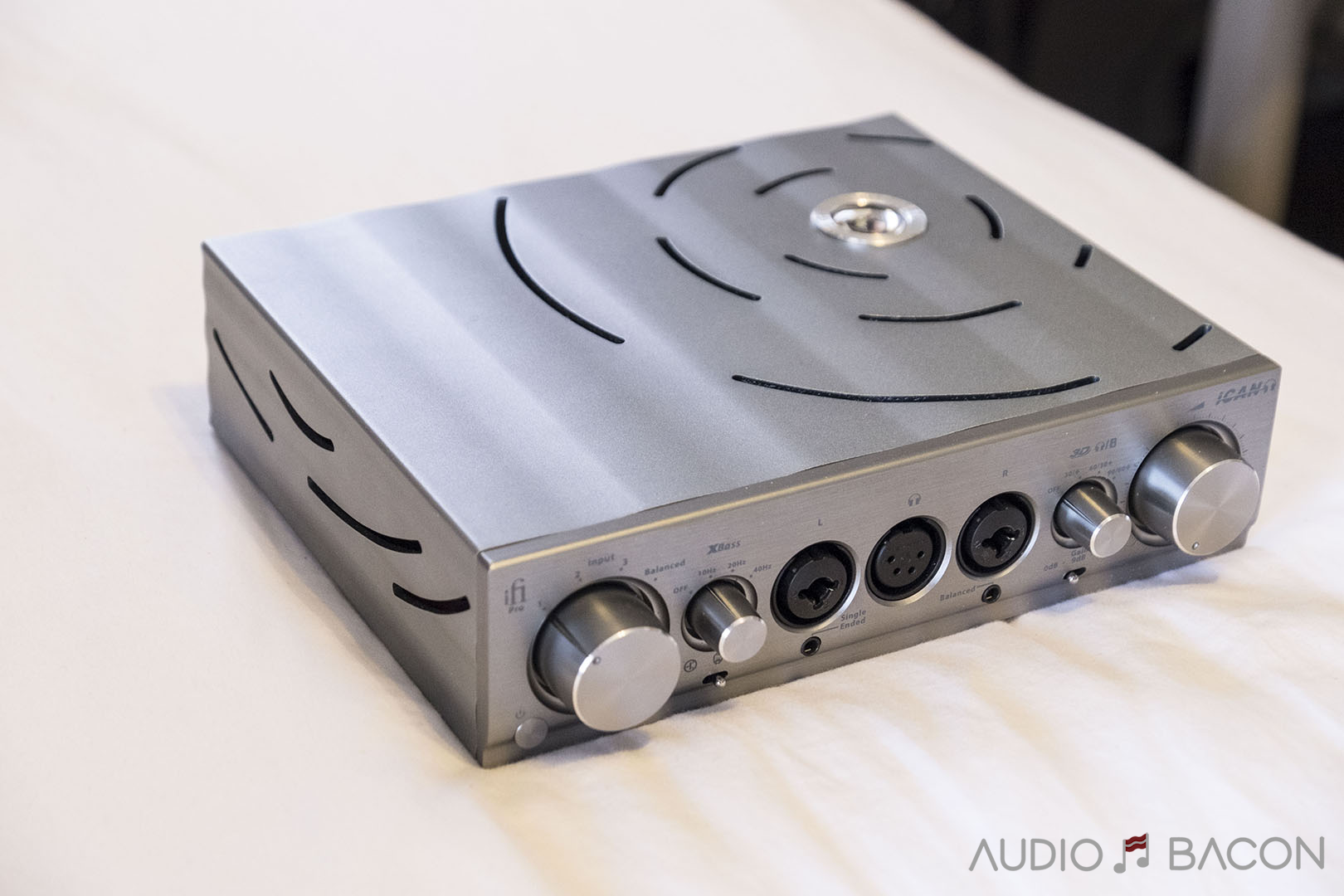
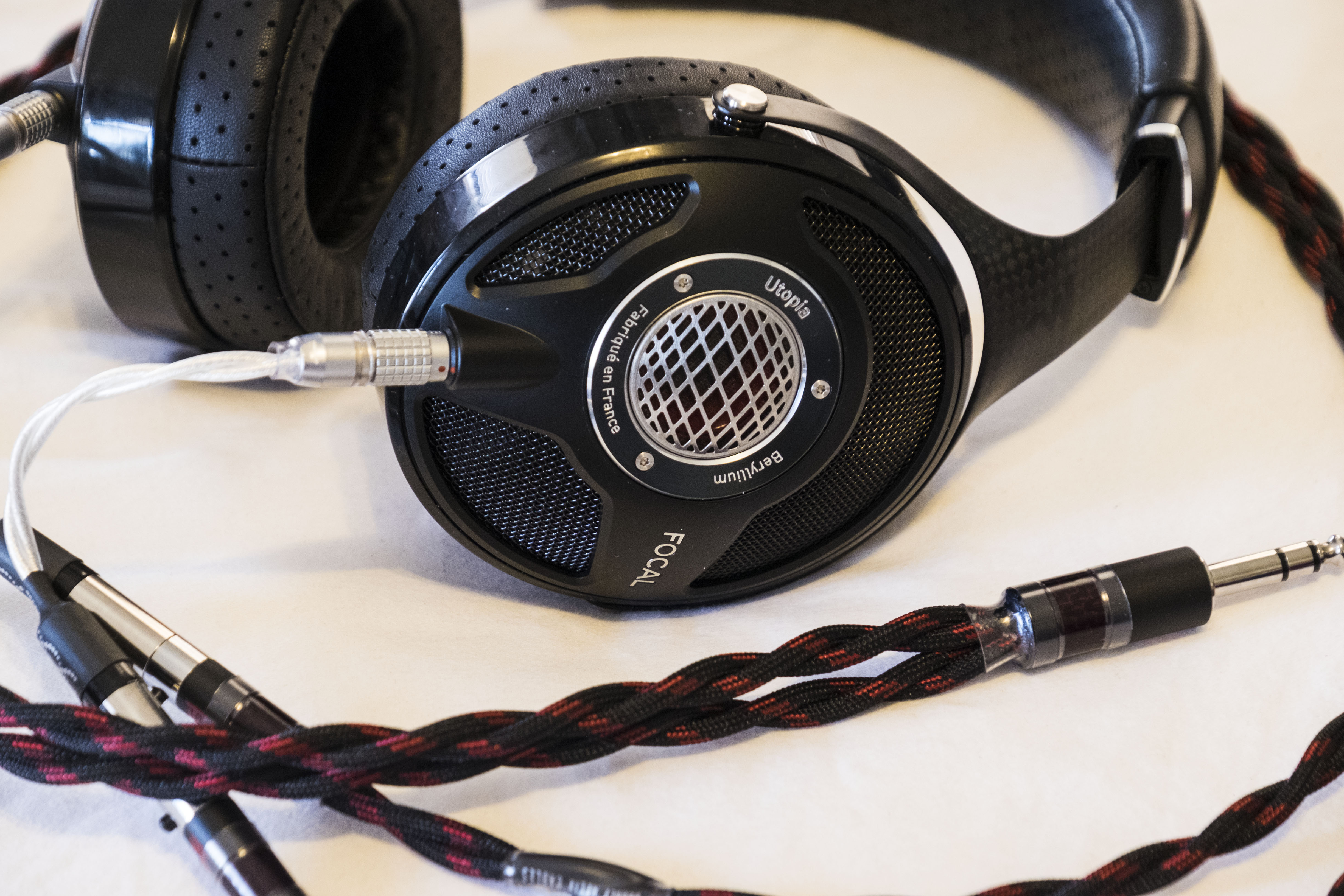
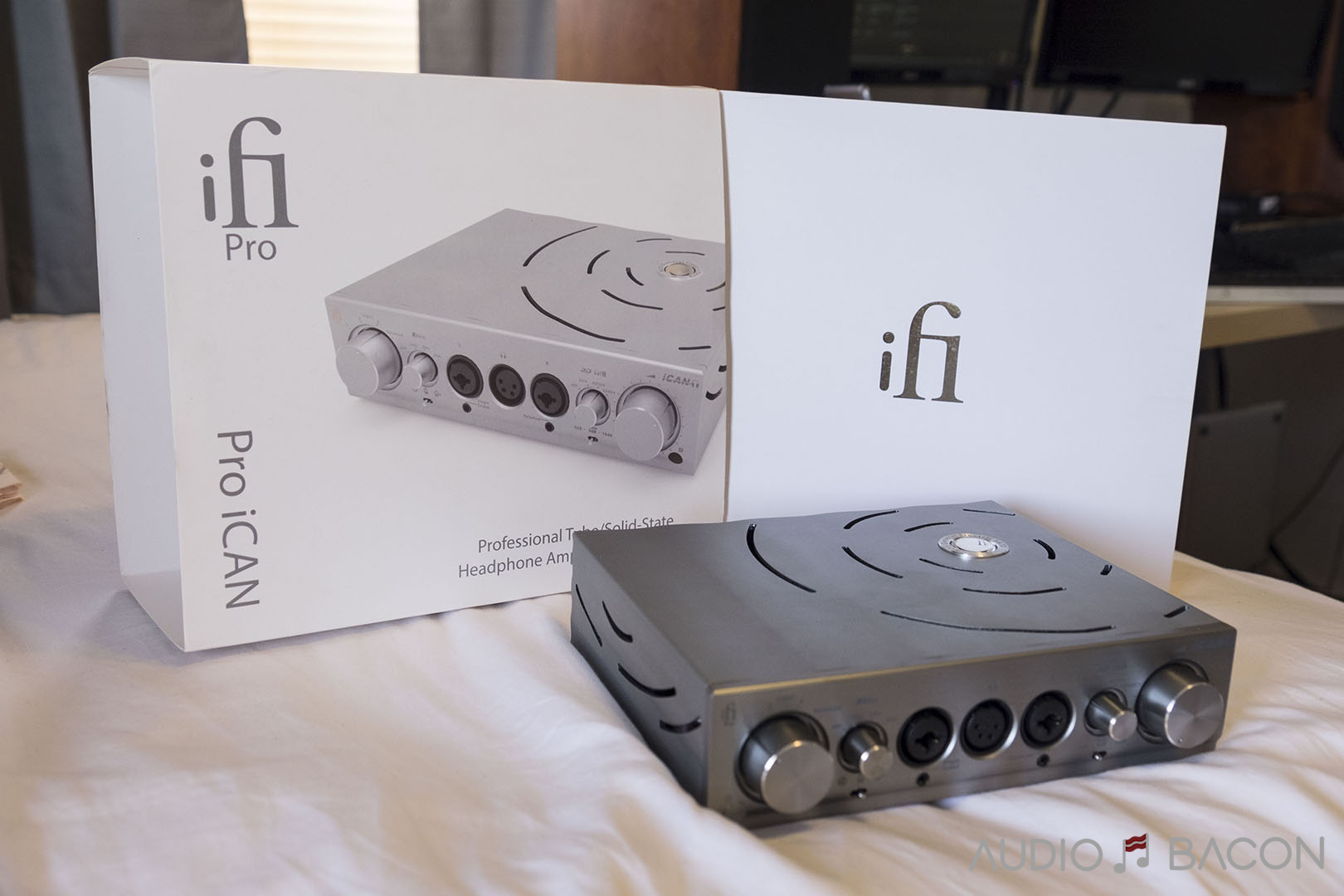







Hi there! How tight/precise are things in the bass region? This is something spl’s insanely non-distortingly specced Phonitor X should be the best at. However, for some reason many reviewers have issues with it regarding this very trait.
I am using the amp with my dave/blu2 and abyss and find more than ample power at 0DB…even 9DB is overkill and this is single ended…balanced is even more power….I truly do not know how you could have listened to this combo at 18DB
Hi. Great article.
I also have the Pro iCAN and I love it.
I would have liked to see your experience when using this AMP with the Sennheiser HD800S (the headphones I am currently using).
I am also using the XBass enhancement of 10 Hz but regarding the 3D enhancement -> I saw you mentioned that you were using almost all the time the 30/+ step.
As far as I know, the HD800S have a lot of soundstage and I am trying to understand if the 30/+ step would be helpful or not.
Also, were you using some kind of aftermarket Linear Power Supply with it? Are you aware of anything that can already improve its great sound?
I saw in one of the pictures in the article some kind of connector which you plugged in the Ifi power supply in order to have another ending. Does that let you use aftermarket power cables?
Thank you for all your great work.